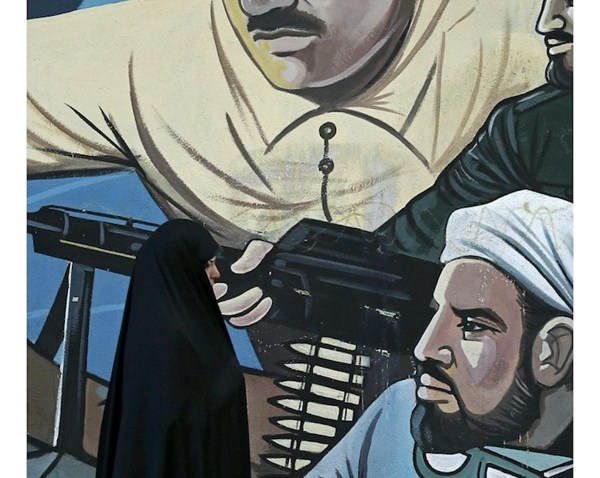Though President Donald Trump appears to have backed away from further military conflict with Iran, the Middle East is still on edge. Amid fears of heightened conflict, what is really driving Iran’s behavior? Download your FREE copy of Iran Sanctions: The View From Iran to learn more today.
The ballistic missiles that Iran fired at two military bases in Iraq housing American troops could only be the start of Tehran’s retaliation. Many observers worry that more blowback could come in the form of Iran’s favored tactic of asymmetric warfare waged through its proxies, such as Hezbollah in Lebanon and pro-Iranian militias in Iraq. This escalation did not begin with the killing of Soleimani, but in May 2018, when Trump unilaterally took the United States out of the international agreement curbing Iran’s nuclear program, known as the JCPOA, and reimposed crippling sanctions on Iran’s economy. What impact has the U.S. exit from the nuclear deal had in Iran? How has it changed the Iranian regime’s foreign policy calculations? And how have Iranian citizens reacted to Trump’s campaign of “maximum pressure” and more sanctions? This WPR report provides an essential view of events from Iran.
Download Iran Sanctions: The View From Iran today to take a deeper look at these conflicts and get a glimpse at what the future may hold.
In this report, you will learn about a variety of issues, including:
- Can Iran’s oil sector survive renewed U.S. sanctions?
- How sweeping U.S. demands are roiling Iran’s domestic politics.
- What is the state of Iran’s economy.
- How Iran is trying to engage with Iraq and other countries to counter the effects of sanctions.
- Why Iran may be locked into a future of more protests.
The nuclear deal raised Iranians’ hopes. Now they’re focused on survival.
Looking ahead, though, some predictions are safer than others. Barring some kind of miracle, it seems certain that the next two years will be characterized by extreme hardship and frustration for Iranians seeking expanded civil rights and economic opportunities. Squeezed from within by a government that refuses to put its people’s needs above its ideology, and squeezed from the outside by governments seeking to stifle that ideology, the people of Iran can’t seem to catch a break.
Forty years after the Islamic Revolution, then, Iranians are still yearning for independence and freedom, and it’s unclear what, if any, reforms they can realistically hope for.
Download The View From Iran for FREE today, and discover why Iranians who are pushing for reform from inside the country refuse to embrace change carried out on anyone’s terms but their own.
Sanctions Alone Won’t Alter the Iranian Regime’s Behavior in the Middle East
The Trump administration’s strategy of economic coercion will further isolate Iran from the global financial system, but there is no track record—or reason now to believe—that such a strategy will compel Iran to fundamentally change its behavior.
For one, financial constraints will not force concessions from Tehran due to current dynamics within the Iranian regime, and they will do little to impede the operations of targeted Iranian entities like the Basij and Revolutionary Guards. After all, Iran didn’t curb its regional behavior even when it was under maximum, multilateral sanctions pressure between 2012 and 2015.
What’s more, squeezing Iran financially will feed the division between the United States and Europe over how to address threats from Iran, whether its destabilizing activities in Syria and Yemen or its ballistic missile program. That is bad news for current and future U.S. policy. Learn more when you download The View From Iran.

